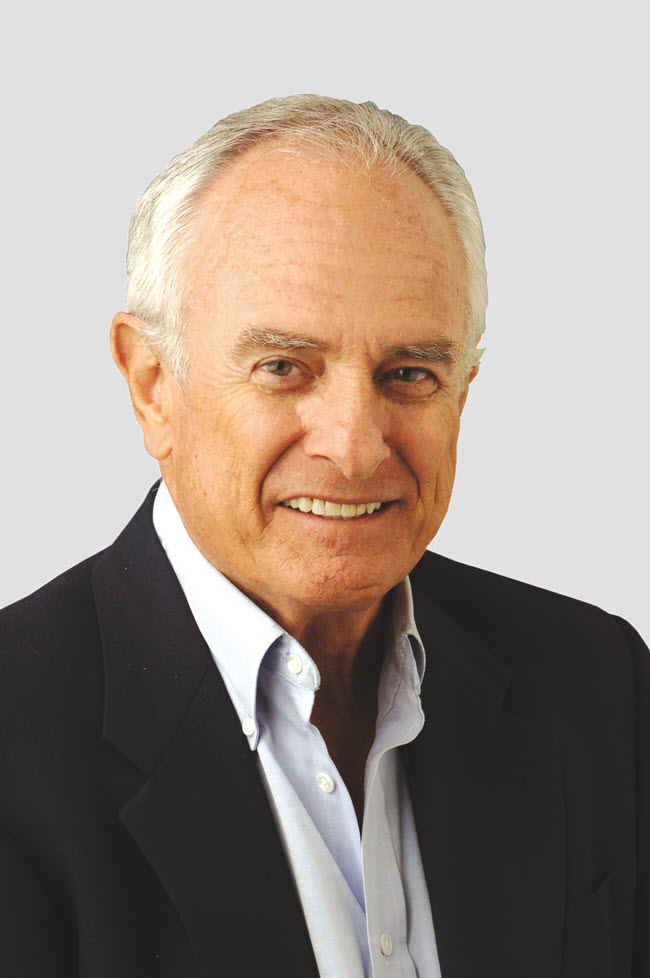
Owing to a golf friendship, there was an annual trip to Kansas City in June for several years, which allowed for an opportunity to explore the “Show Me” state whose geography is almost identical to the Peach State.
Grab a map and look at the two states, and you will find that the western borders of the two states are very similar in configuration and so are the eastern borders. You likely are familiar with the “hanging toe” in Southeast Georgia, which incorporates the Okefenokee Swamp. Well, Missouri has a “hanging toe,” too, and it is also in the same spot in Missouri’s Southeast section.
Like Georgia, Missouri has produced or provided residency for several big-league baseball players, the headliner being Satchel Paige, who was born in Mobile but lived out his adult life in Kansas City.
I was able to spend time with Satchel, not in KC but in Springfield, Illinois, of all places. I had arranged to drive over to St. Louis one day for lunch with Cardinal icon Stan Musial at his restaurant in St. Louis. His lunch partner was a minor league owner of repute, A. Ray Smith.
When I explained to A. Ray that I frequently sought out baseball ole timers, and he suggested that I come to Springfield and spend time with Satchel. That turned out to be one of the most fortuitous invitations I ever had. On my next trip to Kansas City, I arranged to fly to Springfield and spend a day with Satchel. One of my prized possessions is a taped interview with Satchel pontificating—unbridled. That is such insightful commentary. What fun!
Trips to Missouri allowed for time with Mickey Owen, the Brooklyn catcher who dropped the third strike against the Yankees in the 1941 World Series, game four, which led to a rally by the Yankees which enabled New York to come from behind to win the game and start a tradition of World Series heartbreak for the Dodgers that lasted into the fifties.
At the time, Owen was the sheriff of Greene County. We talked about baseball for most of the afternoon. He noted that the Brooklyn fans did not turn on him, especially girls who sent photos of him in bathing suits. His wife, he laughed, ripped them up.
From Springfield, it is 110 miles to West Plains, the home of the crafty Dodger pitcher Preacher Roe. He compiled a 127-84 record with three big league teams, once posting a 22-3 record with Brooklyn. He later admitted that he threw the spitter. He neither confirmed nor denied throwing the spitter in my interview with him, as I recall.
Not only was the interaction with these famous names in baseball a fulfilling personal experience, I got the biggest kick out of traveling the state and seeing the fields, farms, and small towns. I stopped at many crossroads general stores and initiated conversations with locals.
You’d see kids, like all other kids across the country, weather permitting, playing games at recess. Farmers on big green John Deere tractors preparing the land for spring planting.
In the Amish community near Seymour, they still use horses to farm or that is the way I remember it. I didn’t see a lot of mules on my drives through the state, which is widely known for this hearty farm animal.
For many farmers throughout the nation, a Missouri mule was a prized possession. A few high school teams in the state have chosen the mule as team mascots, and then there was “Charlie O,” the A’s long-time mascot when Charlie Finley was the colorful owner of the Kansas City A’s. One of my regrets was that by the time I began hanging out in Kansas City, Finley had moved the A’s to Oakland, where his teams won three World Series titles.
Everybody seemed to dislike, even hate, Finley, who advocated orange balls and bases but couldn’t pull that off. He did succeed in getting the owners to play night games in the World Series and influenced the adoption of the designated hitter rule. I hated him for that.
He chose the draft picks for his team, wrote copy for the team yearbook, made out the song list for the organist, and designed the uniforms. He bought white kangaroo shoes for his players. It was all about Charlie.
With a phone phobia that never subsided, Finley always tried to keep a phone within arm’s length. He even had phones installed in the office bathrooms. According to an A’s public relations officer, I once met, it became a source of great joy to staff who loathed the owner to see him make a bathroom stop; they would then dial the phone and hang up as soon as he answered.
“As his temper erupted,” the former employee said, “we had the time of our lives knowing there was nothing he could do but cuss a blue streak.”
